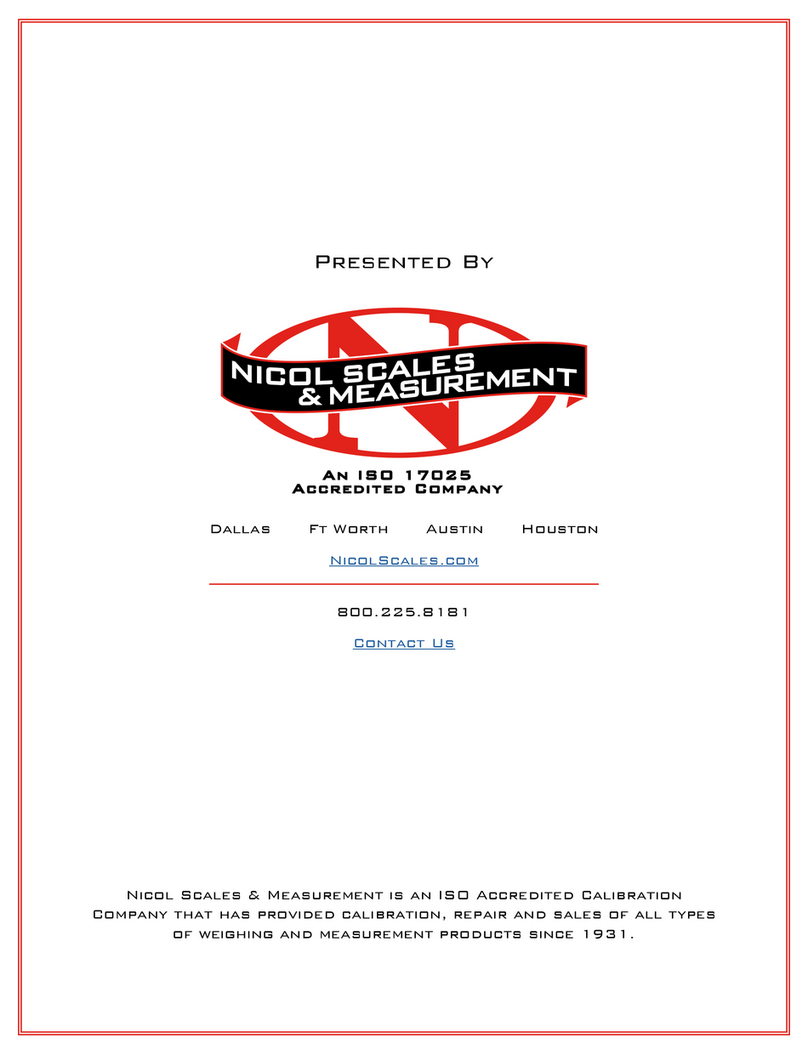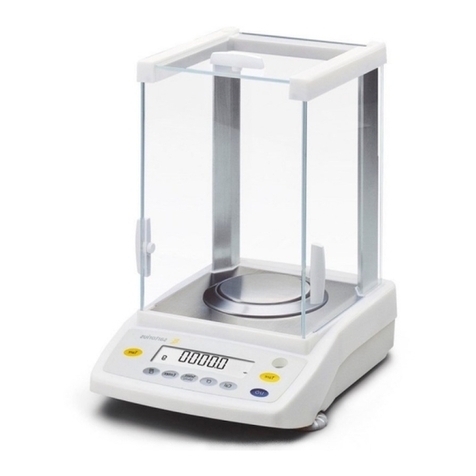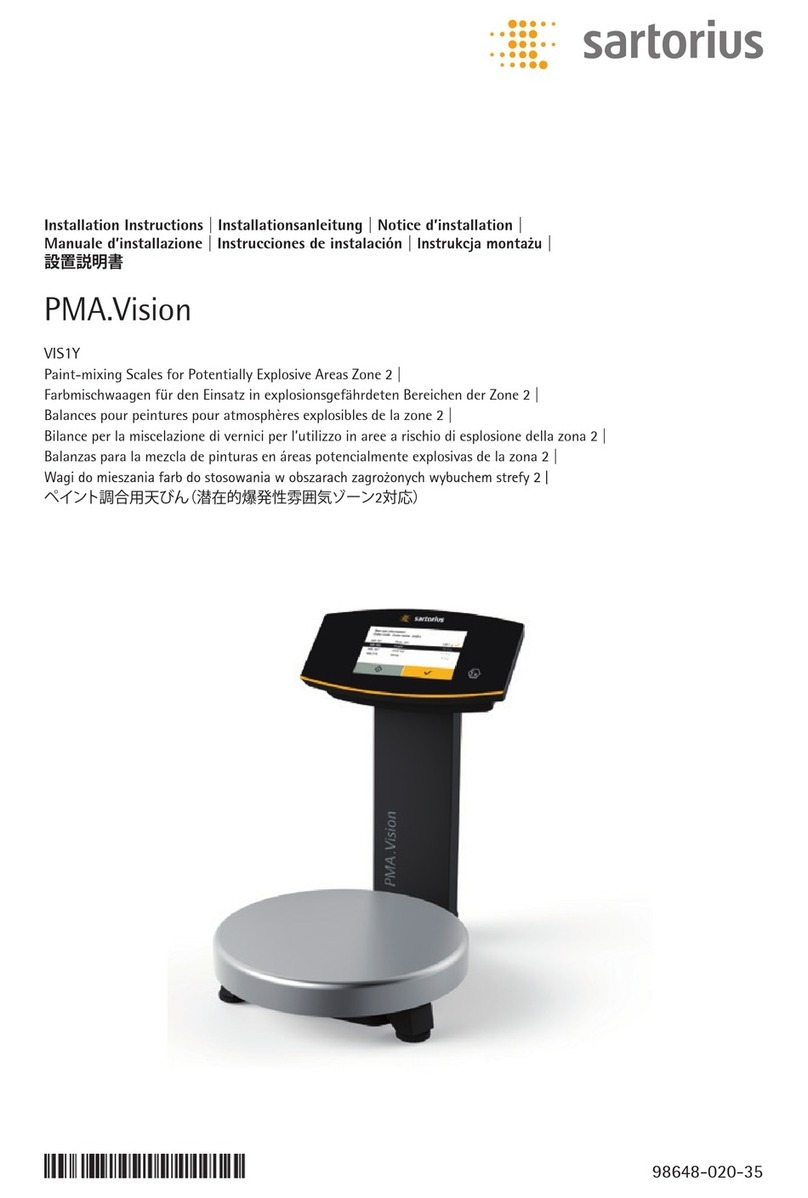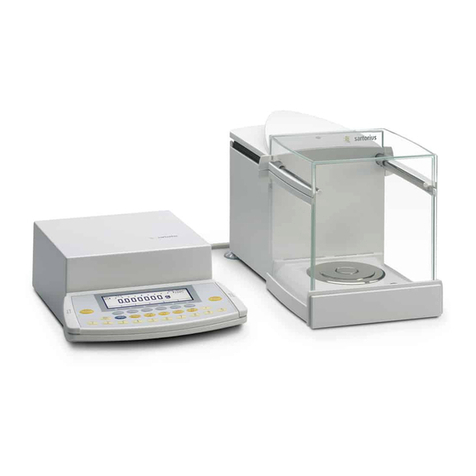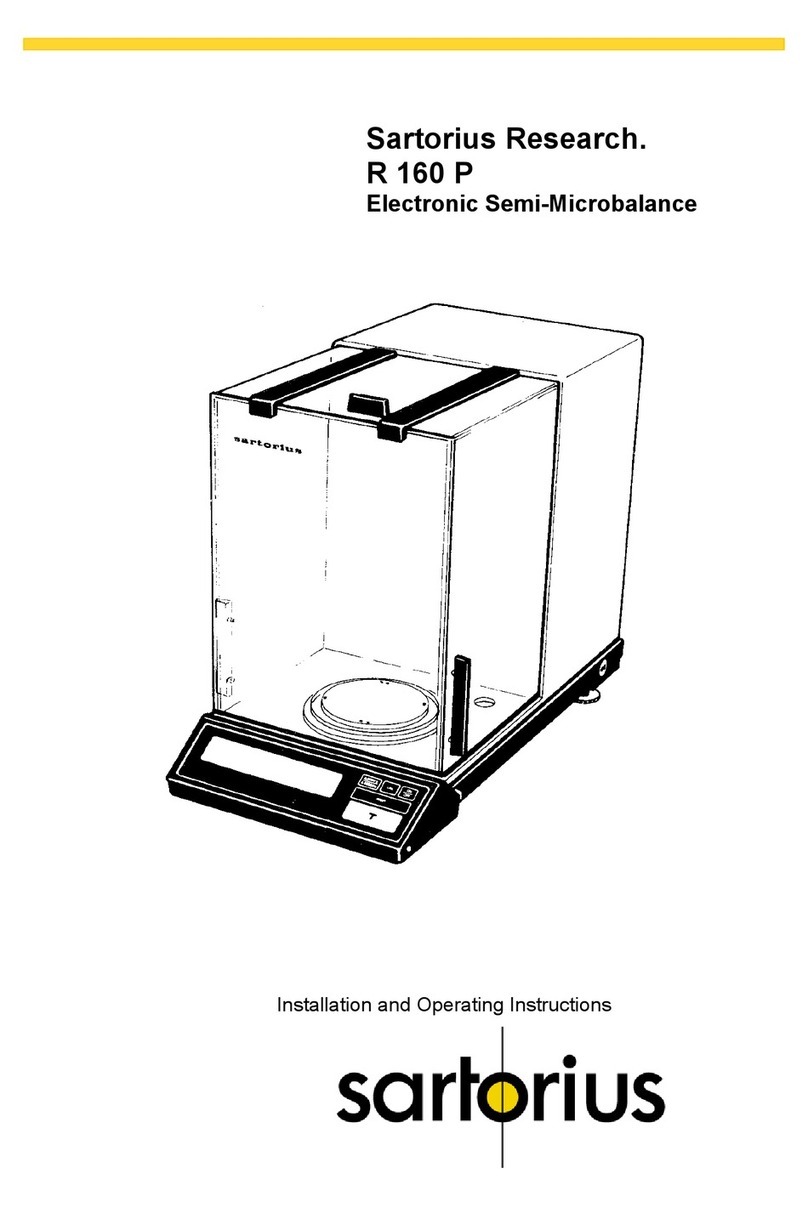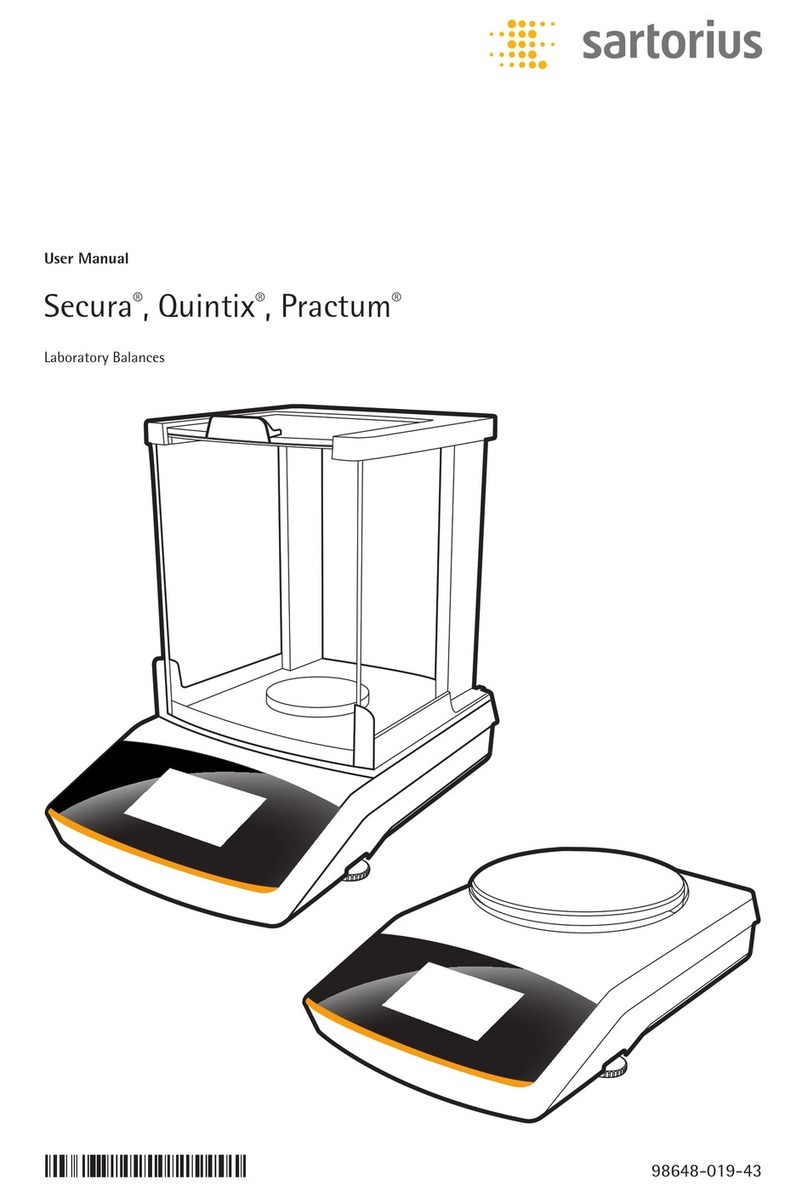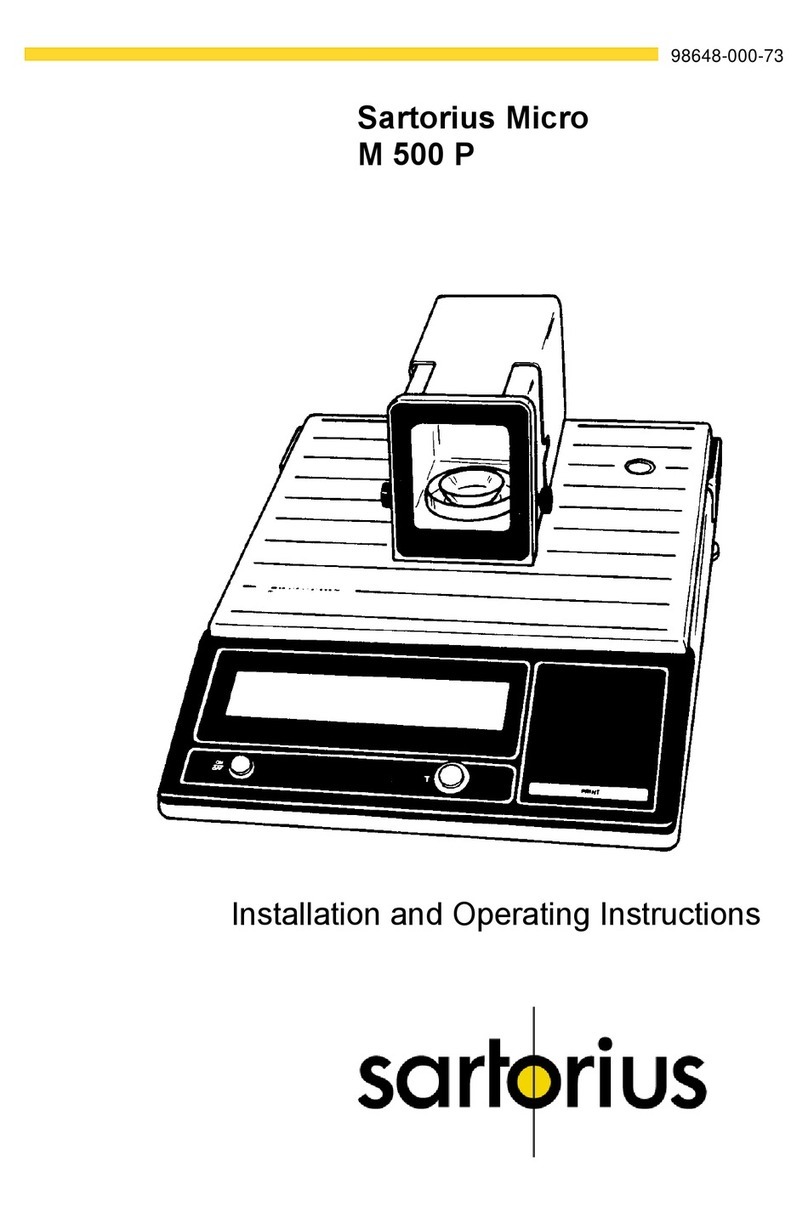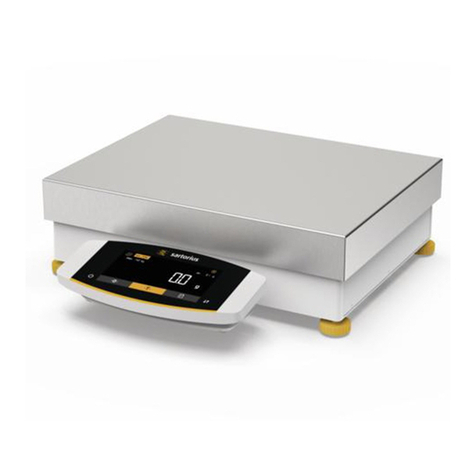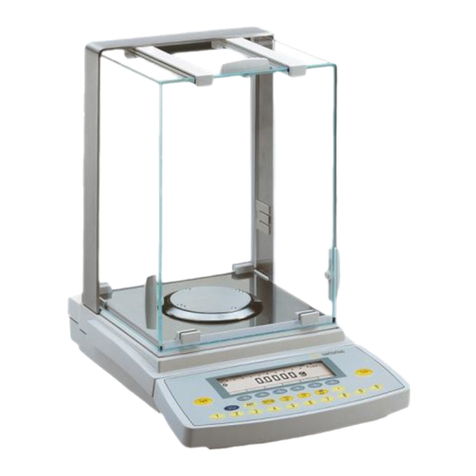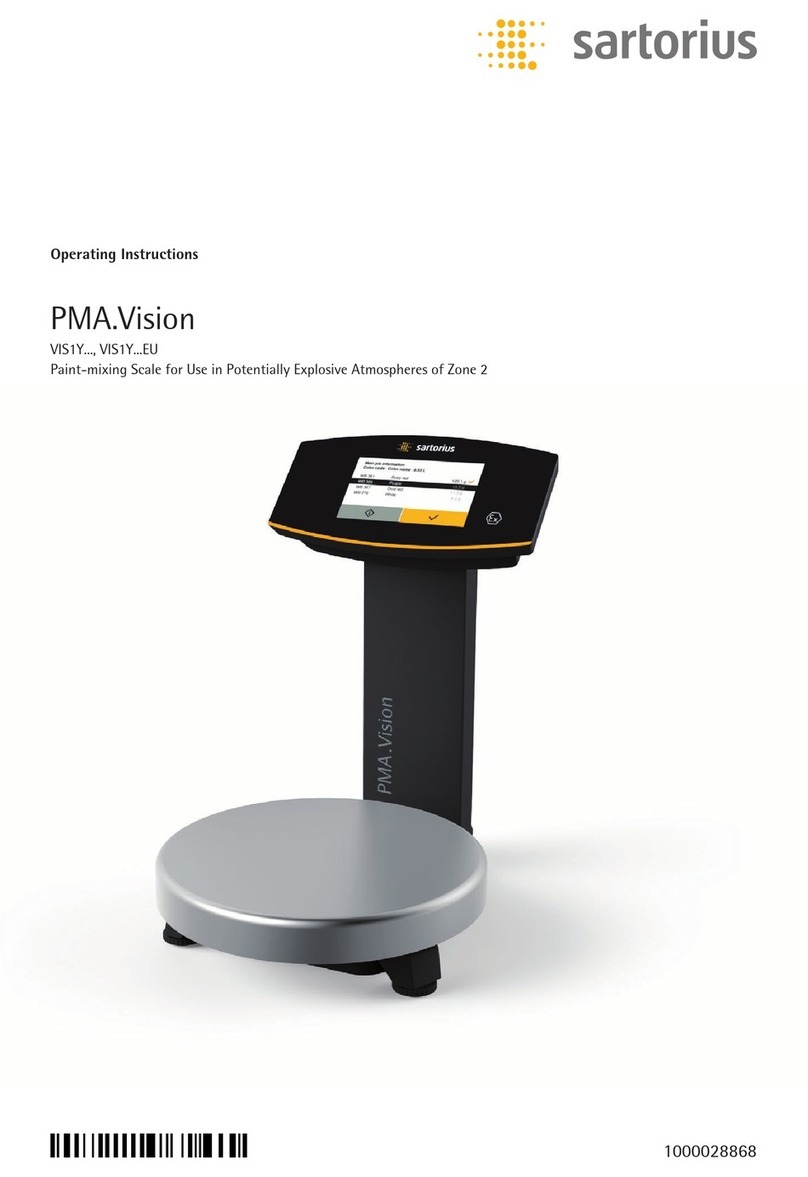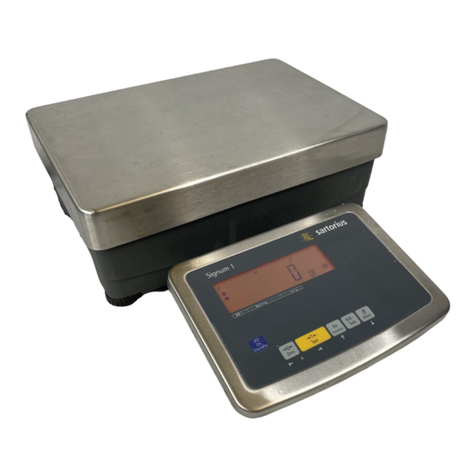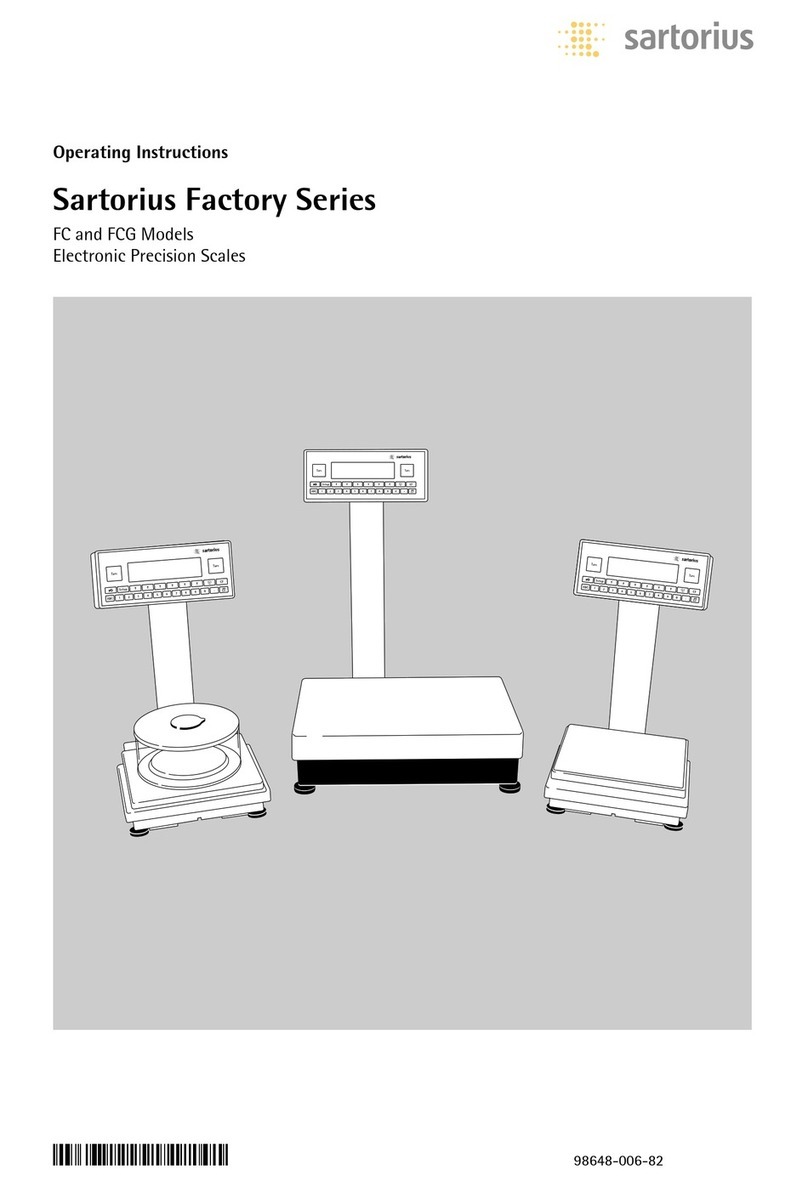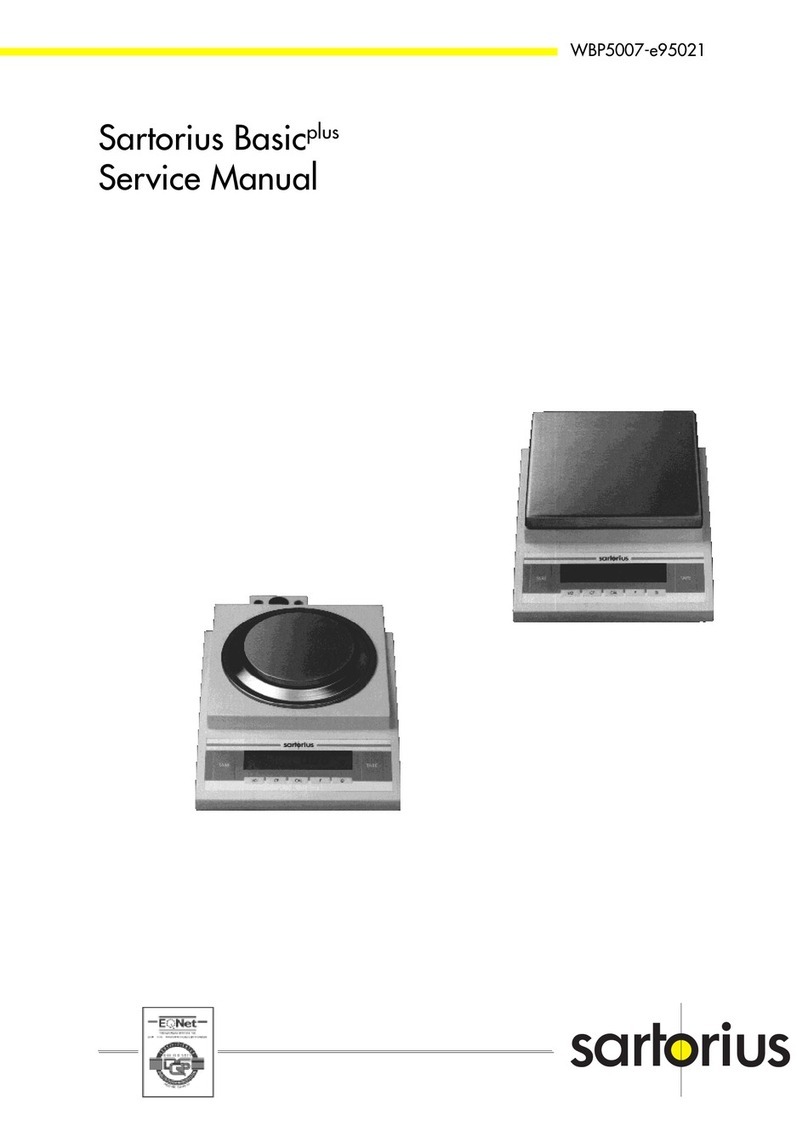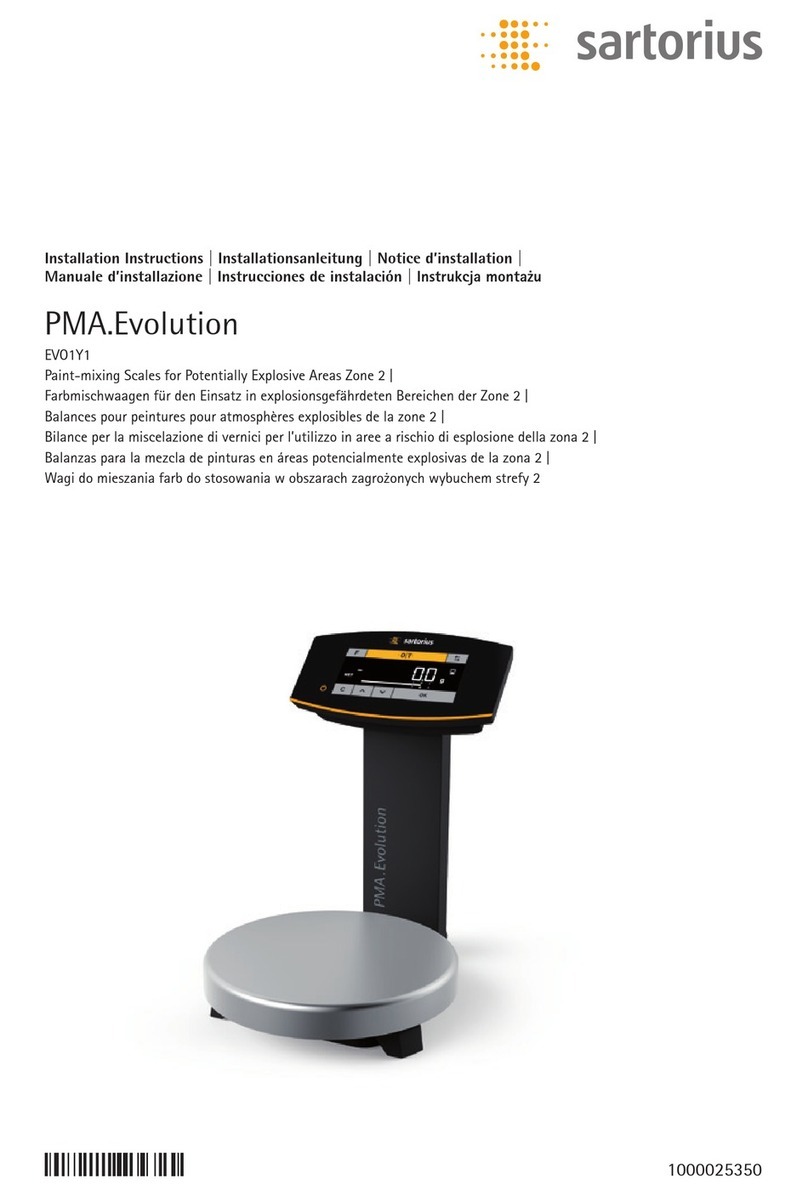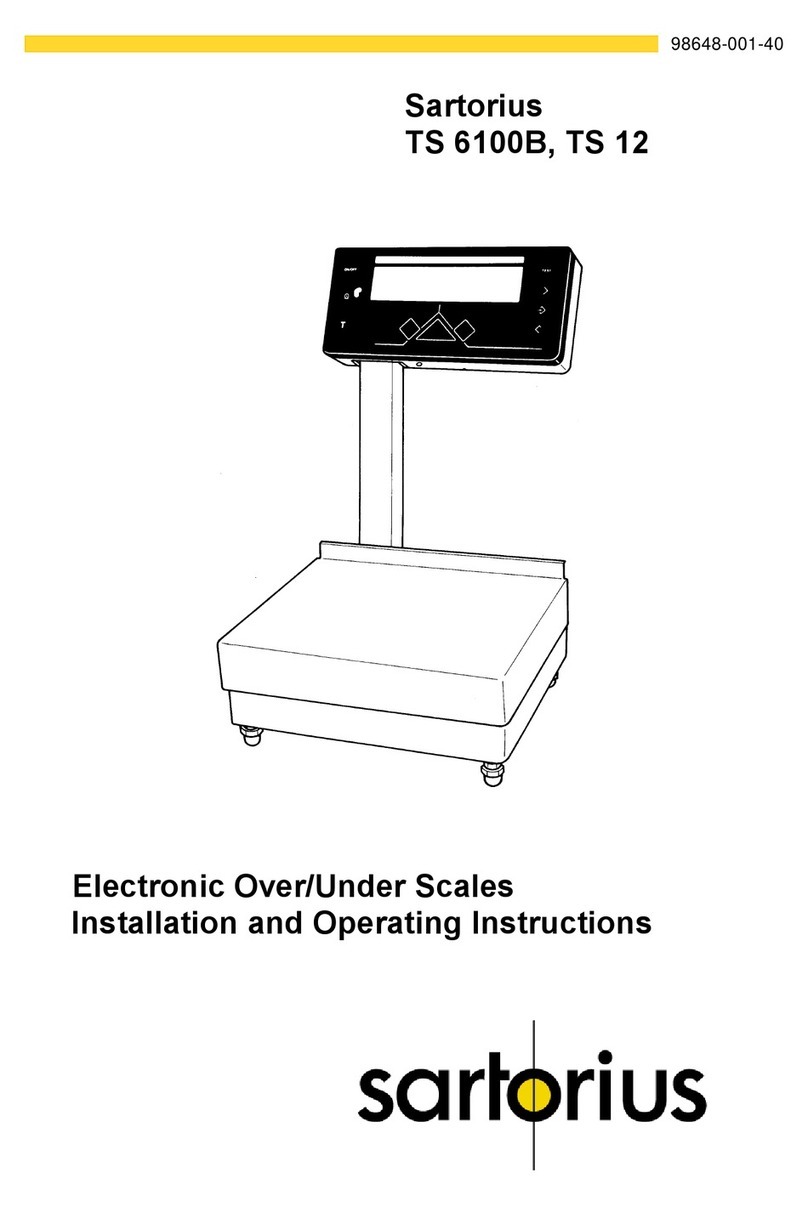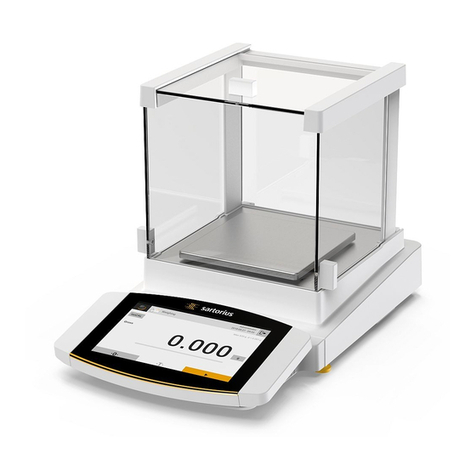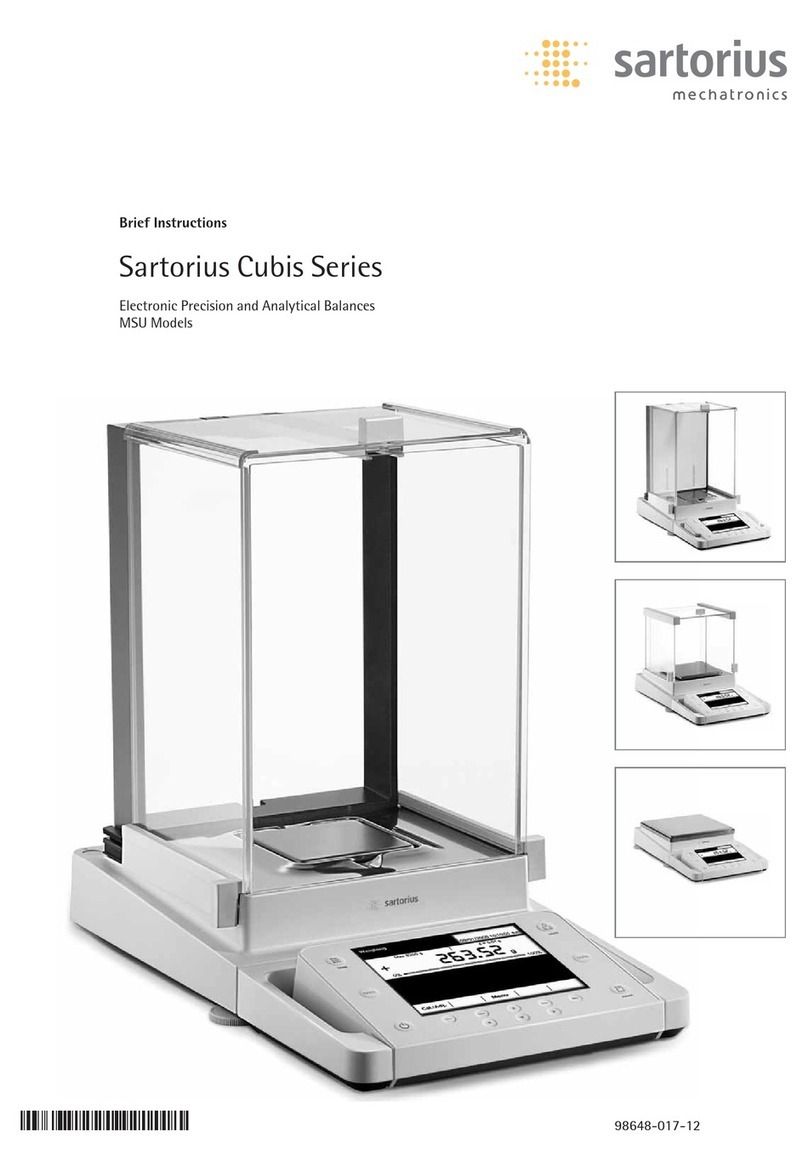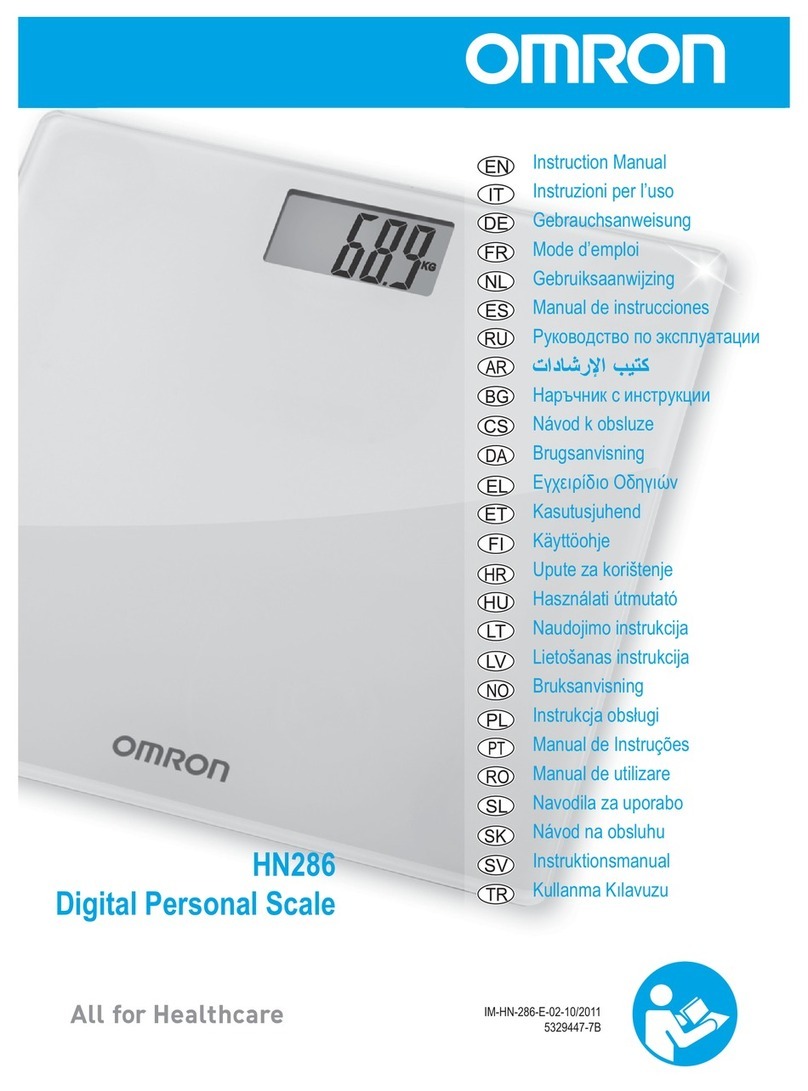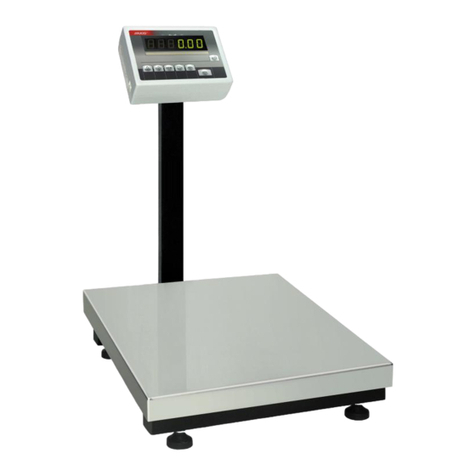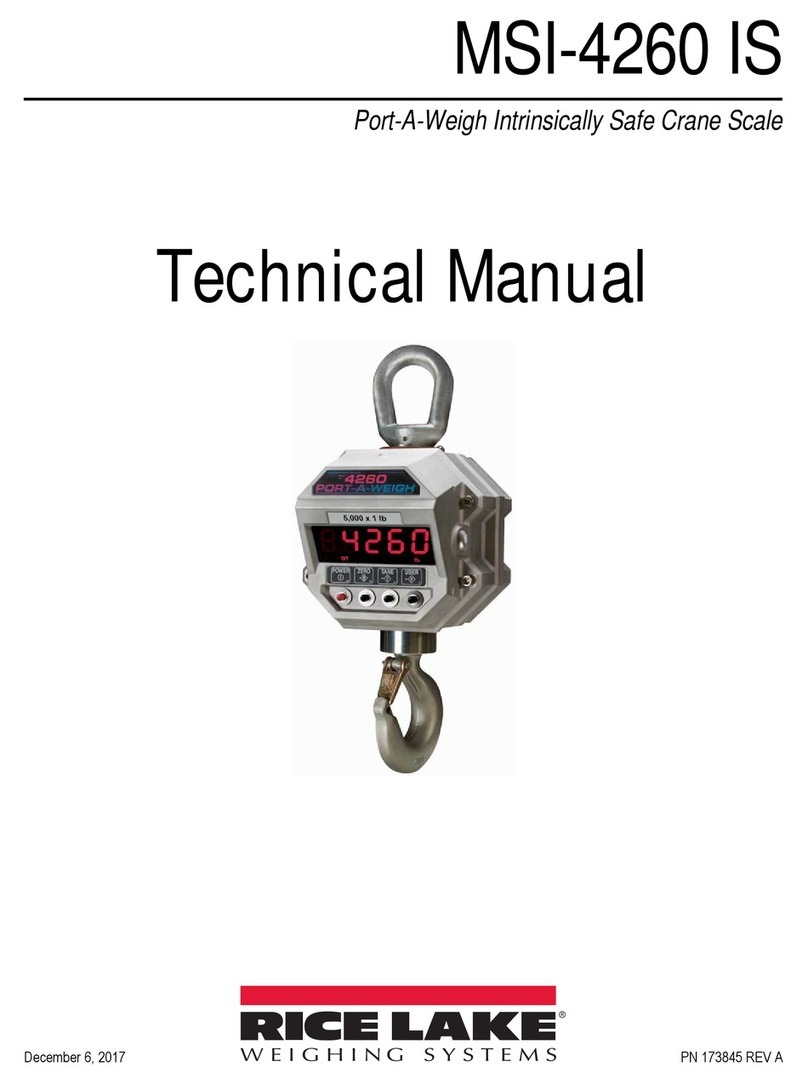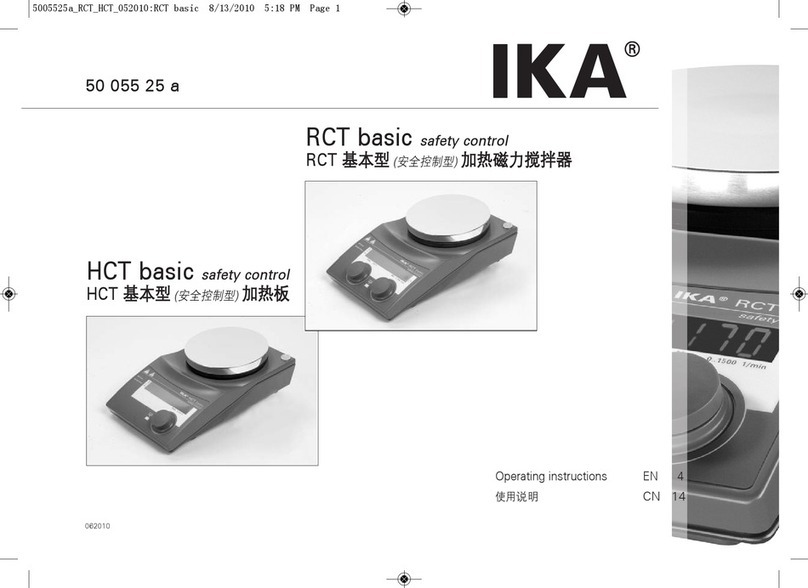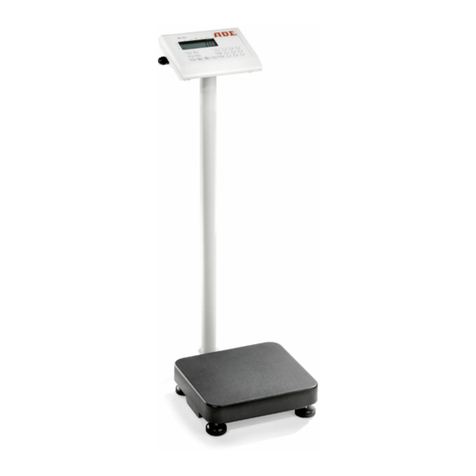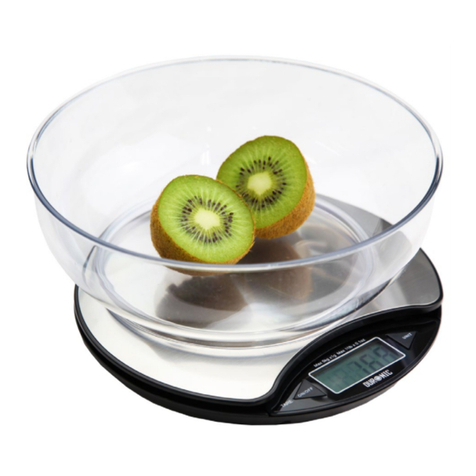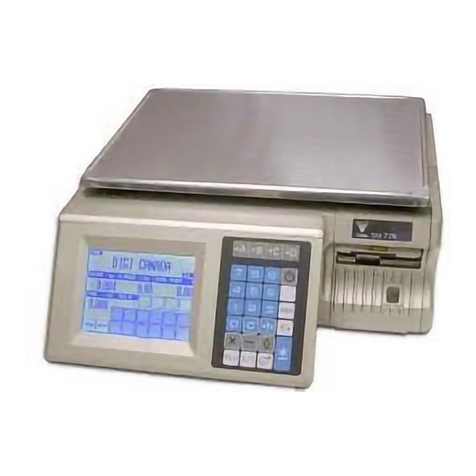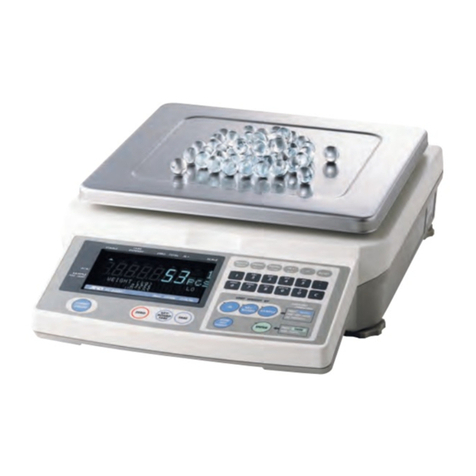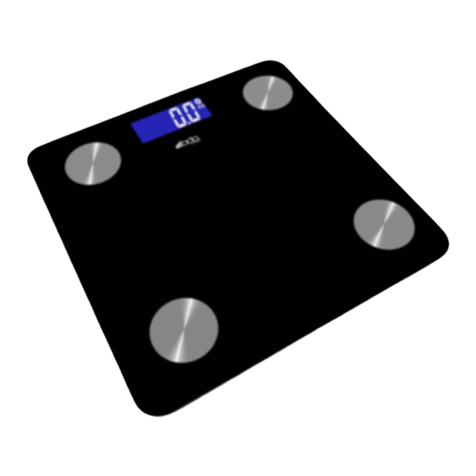– T e following regulations and guidelines
must be observed during transport, installa-
tion and operation of t e equipment:
Regulations of t e local electricity
provider; national regulations and guide-
lines, accident prevention regulations;
provisions of t e mac ines.
– T e continuous sound pressure level w en
t e system is in use is approximately 60 to
70 dB (A).
Reverberations at t e place of installation
may increase t e noise level at t e work-
station. If t e noise level exceeds 75 dB
(A), we recommend providing earing
protection for operating personnel.
– All spare parts must meet t e tec nical
requirements imposed by t e manufacturer.
– Observe all national regulations on t e
facilities provided for reporting and
fig ting fires.
– T e mac ine/system may be operated
only under safe and functional conditions.
Make sure all protective features and
safety-related facilities, suc as detac able
protective equipment or emergency exit
facilities, are available and functioning.
– Prevent t e risk of stumbling or tripping
during operation, repair or maintenance
of t e mac ine/system, as t e mac ine/
system presents a eig tened risk of injury.
Safety Instructions for the User
– Before turning on t e mac ine/system,
make sure no one can be injured or endan-
gered by t e system as it starts up.
– Only reliable personnel w o ave been
explicitly aut orized for t e purpose are
permitted to work wit or near t e
mac ine/system.
– Personnel in training, under instruction,
or taking part in educational measures are
not permitted to perform any actions on
t e system unless supervised by an experi-
enced operator.
– Operating personal are not permitted to
wear jewelry (including rings) or loose
clot ing; air must be bound/protected.
If anyt ing is caug t in t e rollers t at
move t e conveyor belt, injury could result.
Do not practice or permit any work met -
ods w ic could raise safety concerns.
– Protective clot ing must be worn insofar
as t is is required by working conditions or
regulations.
– All personnel trained in t e use of t is
equipment must understand and be aware
of t e significance and function of t e
emergency s utoff system and detac able
protective equipment. Make sure t e emer-
gency s utoff system is accessible at all
times. Operating personnel must also be
familiar wit t e location and operation
of t e fire extinguis er.
– Inspect t e mac ine/system at least once
per s ift for visible signs of defects or
damage. Report any c anges (including in
operation) to t e responsible person or
office immediately. If safe operation is no
longer assured, s ut down t e system imme-
diately, disconnected it from power and
ensure t at it cannot be switc ed on again.
– Inform operating personnel before any
work is performed on t e equipment,
including maintenance and service work.
Safety Instructions for Maintenance
Personnel
– Switc off t e mac ine/system before per-
forming any maintenance or service work.
Make sure it cannot be switc ed on again
w ile suc work is being performed. Affix
warning notices to ensure t at no one
attempts to switc on t e equipment. Test
for voltage in t e equipment before begin-
ning work. Use only tools t at are isolated
against electrical c arge.
– Block off a wide area around t e equip-
ment before beginning work by putting up
a red and w ite security tape wit
a warning sign.
– Work on t e electrical parts inside t e
mac ine/system must be performed by
a trained electrician, or a person wit
appropriate training working under t e
direct supervision of a trained electrician,
and must be carried out in accordance
wit t e applicable rules and regulations
pertaining to electrical equipment. If it is
necessary to work on parts t at carry elec-
trical c arge, make sure a second person is
present w o can activate t e emergency
s utoff if necessary.
– Make sure to tig ten any screws t at were
loosened during maintenance or service
work.
– If it is necessary to disassemble safety fea-
tures during maintenance or repair work,
t ese features must be reassembled and
tested immediately following t e comple-
tion of suc work.
– W en performing installation work ig er
t an face level, use stepladders and raised
platforms made for t is purpose or ot er
suitable equipment. Do not stand on t e
mac ine or mac ine parts. W en perform-
ing work at greater eig ts, wear a protec-
tive arness to prevent falls. Keep all an-
dles, ladders, stepladders, guard rails,
pedestals and platforms clean at all times.
– Remove any oil, dirt or cleaning agents
from all connections and screw fittings on
t e mac ine/system before beginning
maintenance/repair work. Do not use
aggressive cleaning agents. Use lint-free
clot s. Before cleaning t e equipment,
cover or seal all openings t roug w ic
t e penetration of water, steam or cleaning
agents would impair safety functions.
Electric motors, plug connections, switc es
and control cabinets are at particular risk
in t is respect. Make sure t e IP protection
remains intact.
– Parts and subassemblies must be securely
fastened to oisting devices w en removing
t em for replacement, to prevent safety
azards. Use only suitable and tec nologi-
cally faultless oisting equipment as well
as load receptacles wit sufficient load-
bearing capacity. Do not work underneat
suspended loads.
Safety Instructions regarding
the Pneumatics
– Work on pneumatic equipment must be
performed by tec nicians wit specialized
knowledge and experience of suc equip-
ment.
– Before disconnecting any pneumatic
connections, make sure t ere is no pres-
sure wit in t e system or system section.
In particular, make sure plug connections
are not under pressure before unplugging
or disconnecting t em.
– Compressed air pipelines must be installed
in accordance wit industry standards.
Fittings, lengt and quality of pipelines
and tubing must meet t e applicable
requirements.
– After cleaning t e equipment, c eck all
cable and pipeline connections for leak-
age, loose connections, c afe marks, and
damage. Make sure screw fittings t at
were opened during maintenance work
are closed tig tly and any container lids,
sieves or filters t at were removed are
reinstalled. Fix any defects immediately.
– Before putting t e equipment back into
operation, all tools, materials and ot er
items used during maintenance or repair
work must be removed from t e area
around t e system.
– Make sure all t e safety features of t e
system are functioning correctly.
Safety Instructions regarding the Place
of Installation
– Tasks suc as rigging up loads and pro-
viding guidance for crane operators or
drivers of elevating platform trucks or
industrial trucks, s ould be performed by
experienced persons only. T e person
guiding t e equipment operator must be
in t e operator’s line of sig t or range
of earing.
– Use only suitable transport ve icles wit
sufficient load-bearing capacity. Secure
t e load reliably. Use only t e suspension
points specified in t e operating instruc-
tions for attac ing t e equipment to
oisting devices and observe standard
industry practices w en lifting t e equip-
ment.
– Any parts t at are removed for transport
must be carefully reinstalled and firmly
attac ed before putting t e equipment
back into operation.
– Disconnect all leads before c anging t e
place of installation. Reconnect t e leads
w en putting t e equipment back into
operation. Always proceed in accordance
wit t e operating instructions w en put-
ting t e equipment back into operation.
4
